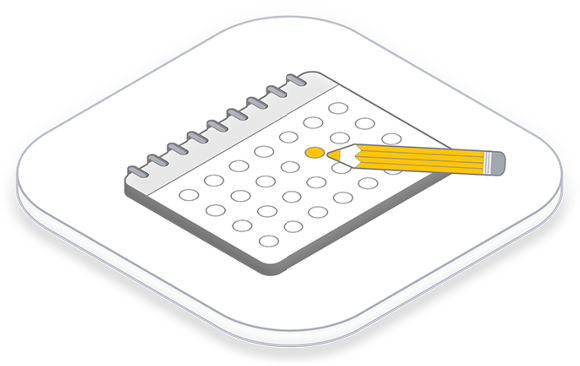Some experts believe that Artificial Intelligence (AI) will one day be smarter than humans. So far, however, the systems present themselves as absolute insular talents. This means that they can only perform very specialized tasks really well. But they are often already better at these than humans. We would therefore like to conduct a small reality check in this article. This is intended to show what AI can already do and what it cannot.
First of all, we have to keep in mind that the basic concepts of how Artificial Intelligence works were already thought up many years ago. However, the significant developmental steps in the field of computer technology and in terms of the performance of algorithms have made the use of AI in practice possible. For example, today it is possible for radiologists to be assisted by AI in finding cancer cells. In the online retail environment, it is in turn suitable for making product suggestions to customers based on their preferences. Speech recognition technology such as Apple’s Siri or Amazon’s Alexa also generate their performance from AI systems. These enable them to recognize speech as well as a human. The problem is more one of context: they struggle to understand the meaning and interpretation of what has been said.
AIs are island talents
The exciting thing, however, is that AIs can constantly learn themselves. Because that’s the main aspect of Artificial Intelligence: not all learning has to be programmed by humans. AI learns with each of its actions and can adapt its behavior in this way. Machine learning is used to achieve a basic understanding of a problem. From a large number of data sets, AI systems use algorithms to learn, for example, how to visually distinguish between dogs and cats. This performance can be achieved well with sufficient training images.
In principle, however, the scope of application of Artificial Intelligence is currently still limited to certain activities. For example, an AI from the healthcare sector or an AI that has been trained to detect irregularities in business processes cannot tell a racehorse from a donkey. Because it would have to learn that first. Therefore, even among experts, it is highly controversial whether and until when something like a – often feared – superintelligence can exist.
So we can state that the AI systems that already exist today are all about performing routine activities that are characterized by uniformity. They are best used to harness human manpower, empathy and creativity for more important tasks. However, autonomous driving cars are still in the distant future, contrary to the industry’s oft-emphasized portrayals.
Our experts will be happy to advise you in a personal meeting on where Artificial Intelligence can be successfully deployed in your company. Get in touch with us!
About the author



Comments